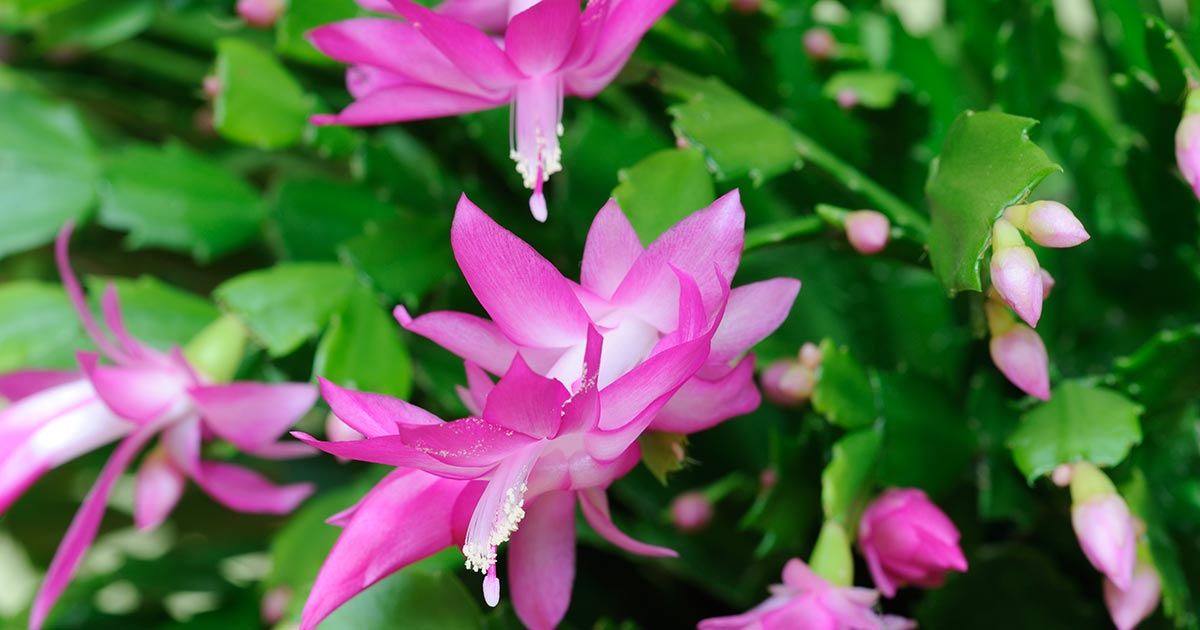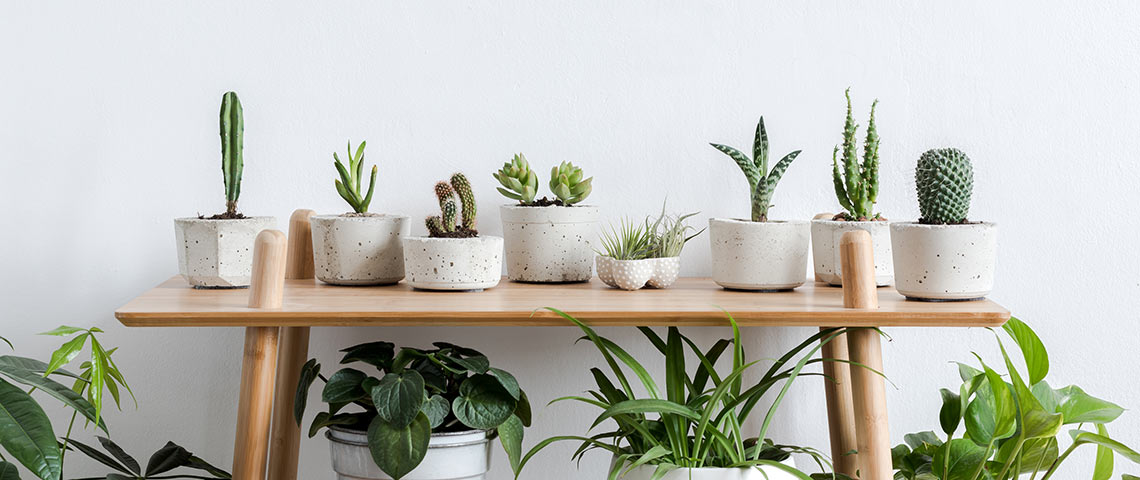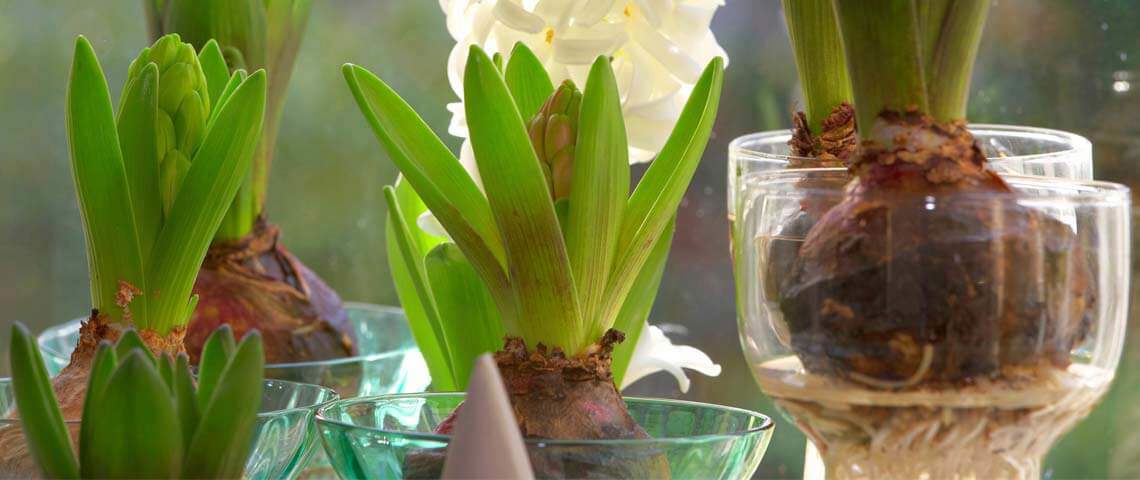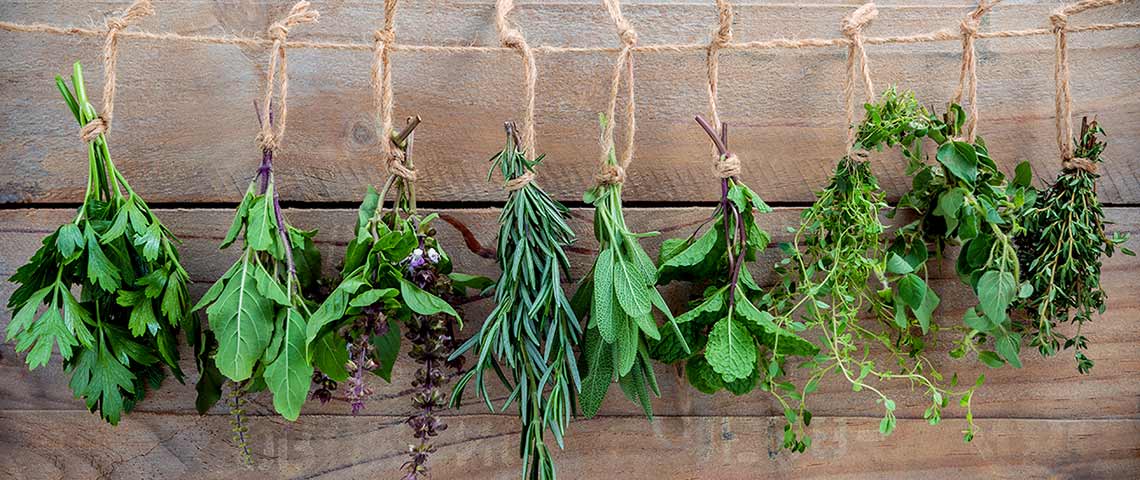How to Care for a Christmas Cactus
Some of the Christmas season's most spectacular flowers come from one of nature's least demanding plants. With its arching branches and exotic blooms, an easy-care Christmas cactus can steal the show — even with poinsettias at their peak. Just follow these simple Christmas cactus basics for year-round beauty and vibrant holiday blooms:
- Caring for Your Christmas Cactus Year-Round
- Pruning and Propagating Your Christmas Cactus
- How to Make Your Christmas Cactus Bloom
Caring for Your Christmas Cactus Year-Round
Despite their lack of prickly spines, Christmas cactus are true cactus. But unlike desert dwellers, these succulent plants call the Brazilian rainforest home. Like orchids and air plants, Christmas cactus grow on trees there, drawing water and nutrients from air, rain and leaf debris. Those humble origins help explain these simple needs:

Bright natural light supports beautiful holiday blooms.
Soil and Light – Christmas cactus need well-aerated, well-draining soil to stay healthy and flower well. A coarse succulent potting mix with plentiful organic matter helps ensure the oxygen and moisture balance roots need.
Choose a spot with bright, indirect light near a window that faces south, west or east. Make sure it's free from drafts and sudden temperature changes; both can cause new flower buds to drop.
If you move your plant outside for summer, wait until nighttime temperatures stay above 50 degrees Fahrenheit. Intense sun leaves foliage pale and sunburned; give your plant light shade instead. In fall, bring it inside once nighttime temperatures hit 50 F.

Proper watering keeps your Christmas cactus healthy and blooming.
Water and Humidity – Proper watering is key to healthy roots and plump, well-hydrated buds and blooms. Water your Christmas cactus thoroughly, but let the top inch of soil dry out between waterings. Overwatering leads to bud drop and encourages root rot, so never leave excess water in your saucer or cachepot.
During dry winter months, your Christmas cactus benefits from added humidity. Set your plant on top of a saucer filled with small pebbles. Then fill the saucer with water just below the container bottom. Evaporating water surrounds your plant with humidity.

To start new plants, cut Christmas cactus branches where green segments connect.
Fertilizer – Feeding your Christmas cactus a top-quality fertilizer at the right time helps ensure abundant flowers and attractive green growth. The Christmas cactus rests during its blooming season. Wait to feed until it ends and active growth returns.
When new green growth appears, begin regular feedings. Pennington Rejuvenate Plant Food All Purpose 4-4-4 provides your Christmas cactus with a blend of essential nutrients designed with vigor and more flowers in mind. Plus, one application feeds your plant for up to four months.
Follow the label instructions for the size of your plant's growing container. Then fertilize every 12 to 16 weeks. Stop feeding once your Christmas cactus gets flower buds and starts its winter rest again.

Christmas cactus flower buds form at the tips of leaf-like segments.
Repotting – Like many succulents, the Christmas cactus blooms best when potbound, so don't rush to transplant. Plan to repot every three to five years at most. When roots appear through drainage holes or on the soil surface, it's repotting time.
Choose a container with drainage holes, just a few inches larger than your current pot. Porous containers, such as terra cotta, allow air and water to move well. Whenever you repot, treat your plant to Pennington Plant Starter. It prevents transplant shock and provides a gentle, nourishing boost.
Pruning and Propagating Your Christmas Cactus
With proper care, a Christmas cactus can live for decades and get quite large. Regular pruning helps maintain your plant's size, promotes fuller branches and encourages more blooms. Time your trimming for late spring or early summer so your plant's ready for holiday time.
To prune your Christmas cactus, cut where the flattened, leaf-like segments meet. Stay in the green, soft-stemmed "leafy" sections. Don't cut into woody, leafless stems.
Make the most of your efforts and plan to start new plants from the cuttings you take. Like most succulent propagation, starting Christmas cactus plants is simple — and the baby plants make great gifts.
Take cuttings two to three segments long, dip the bases in GardenTech RootBoost Rooting Hormone, then place in a moist growing medium with indirect light. The rooting hormone stimulates root development, encourages uniform root growth and improves your results. Cuttings from branch tips generally root in two to three weeks.

Baby Christmas cactus plants make great gifts.
How to Make Your Christmas Cactus Bloom
Christmas cactus plants flower in response to cool fall temperatures and short days. The key to spectacular holiday blooms is making sure your Christmas cactus gets one — or both — each fall. Start the process eight to 10 weeks before you want holiday color. Your plant should flower in four to six weeks once it starts.1
For best results, place your plant in a room with nighttime temperatures of 50 to 55 degrees Fahrenheit and at least 13 hours of uninterrupted darkness each night. Provide bright, indirect light the rest of each day.1 A cool basement with windows or an extra room that's not used at night works well.
If your home doesn't have a cool spot, you can still get blooms. Just give your Christmas cactus at least 15 hours of total darkness each night.1 Cover the plant with a large box or move it in and out of a closet until the colorful flower buds form.
Once buds appear at branch tips, move your plant to its holiday spot and watch the show. Vibrant holiday flowers may attract children and pets, but don't fret — Christmas cactus plants aren't toxic to cats, dogs or people.2,3
By following these simple tips for Christmas cactus care, you can enjoy this low-maintenance beauty year-round. At Pennington, we're committed to helping you learn, grow and succeed. Want timely tips and expert advice about plants and gardening — indoors and out? Turn to Pennington. We're here to help.
Pennington is a registered trademark of Pennington Seed, Inc.
RootBoost is a registered trademark of Central Garden & Pet Company.
GardenTech is a registered trademark of Gulfstream Home and Garden, Inc.
Sources:
1. Chicago Botanic Garden, "Christmas Cactus."
2. American Society for the Prevention of Cruelty to Animals, "Christmas Cactus."
3. Minnesota Poison Control System, "Plant Guide List."




